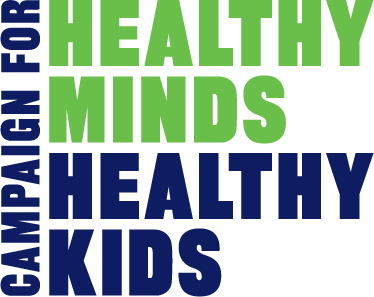Opinion: Our youth mental health crisis is about much more than social media
November 15, 2023
New York has made valuable investments in mental health services for children and teens, but it’s not enough.
By Jennifer Havens and Kayleigh Zaloga
Asserting that the use of social media is fueling a national youth mental health crisis, Gov. Kathy Hochul and Attorney General Letitia James unveiled legislation last month to regulate big tech companies. “Young New Yorkers are struggling with record levels of anxiety and depression, and social media companies that use addictive features to keep minors on their platforms longer are largely to blame,” James said.
James is right that New York’s youth are facing a devastating mental health crisis. Death by suicide is the third leading cause of death for kids 15 to 19 in our state, and a third of high schoolers report that they’ve felt sad or hopeless every day for at least two weeks.
There’s no question that we need to pay attention to the role social media plays in the mental health of young people. But it is just one piece of a much larger and more complex problem. The recently announced legislation will only go so far to address the root cause of this terrible crisis.
New York’s youth and families are still reeling from the effects of the pandemic, which wore out the already-overburdened behavioral health workforce and left countless more children on long waitlists for services, unable to receive the life-saving treatment they need when they need it. Without further investment in New York’s chronically underfunded mental health care system and meaningful support for the workforce, children will remain in danger.
To truly meet this critical moment, New York’s leaders must build on their investments in the last state budget by funding the full continuum of children’s behavioral health services and supporting a workforce that is severely underpaid and overworked.
This will require making up for decades of underfunding and years without cost-of-living adjustments or rate increases, which left service providers struggling to stay afloat and serve their communities. To create a sustainable and comprehensive system of care for the future, we need rates for all children’s outpatient behavioral health services to fully cover the costs of providing quality care to young people and their families – including annual COLAs for providers that are consistent with inflation – and investments in workforce supports like scholarships and loan forgiveness to increase our capacity to serve children.
Capital funding is also critical to expanding access to inpatient, outpatient and emergency mental health services for children. We appreciate the targeted increases to particular programs and services in the last budget, but a piecemeal approach on its own is not enough to support a sustainable and integrated system of care for families.
Our state must also hold commercial insurance companies accountable for the barriers that vulnerable families face when trying to access urgently needed care. Requiring insurance companies to reimburse school-based mental health clinic services at the Medicaid Ambulatory Patient Group rate was a good first step. We must now require commercial insurance rates to be equal with Medicaid rates across the board. The anticipated network adequacy regulations from the state’s Department of Financial Services and Office of Mental Health are a critical opportunity to broaden provider availability in commercial plans, especially in rural areas.
We must correct decades of disinvestment in our child and family behavioral health system so that every child has access to care that provides them with the support, resources and tools they need to succeed. Our children cannot wait any longer.
Dr. Jennifer Havens, chair of the department of child and adolescent psychiatry at NYU Langone Health, and Kayleigh Zaloga, president & CEO of the New York State Coalition for Children’s Behavioral Health, are members of the Campaign for Healthy Minds, Healthy Kids.
